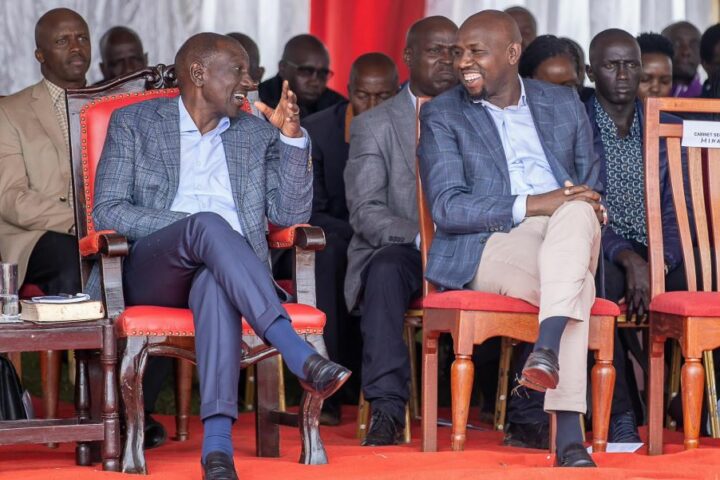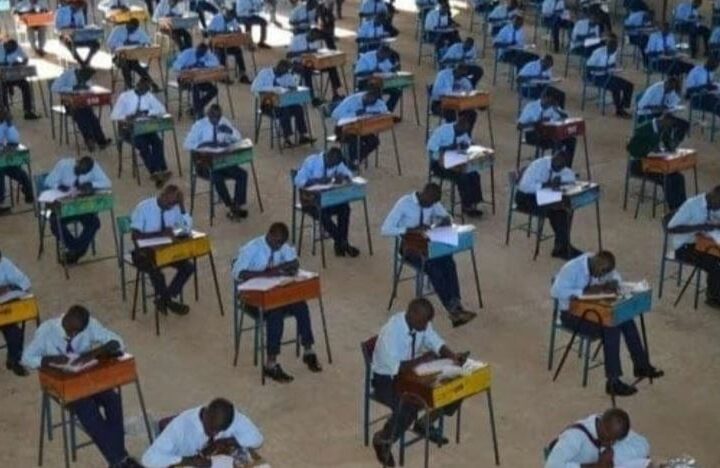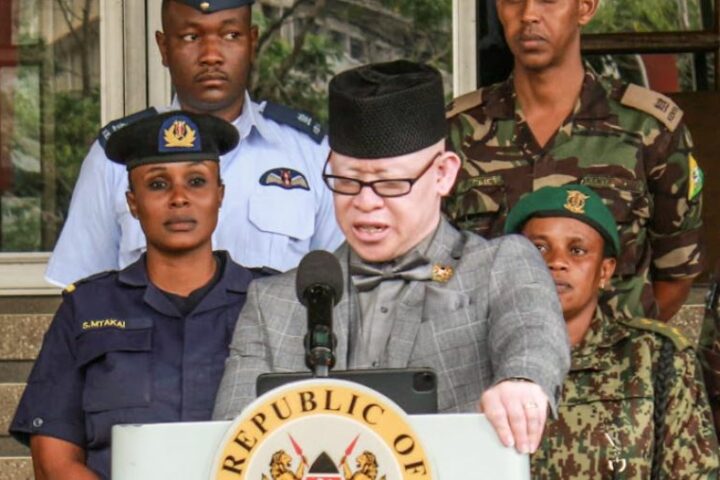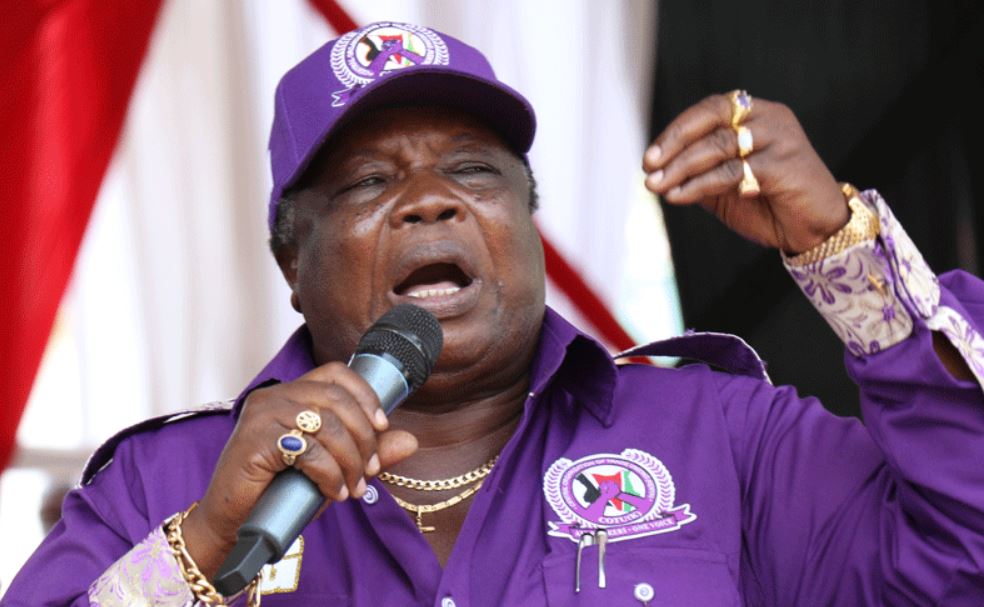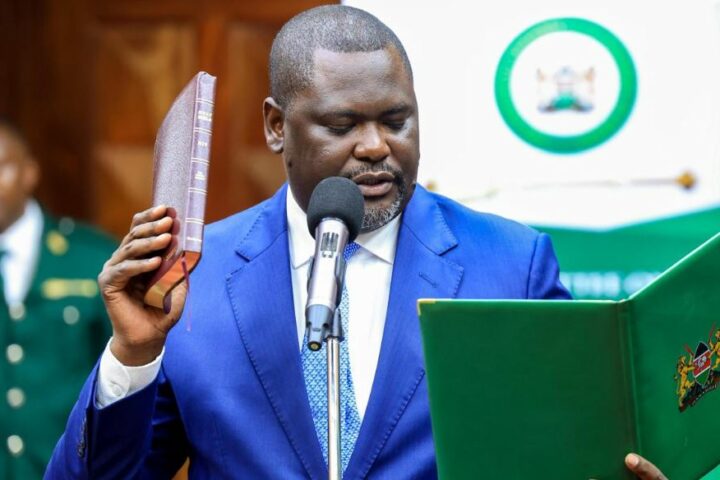What does The Raila Doctrine state?
According to Wikipedia, it simply states that an election can never be free and/or fair unless Raila Odinga wins the election.
If you didn’t know anything like this existed, then probably you weren’t listening to the election petition proceedings.
According to the giant online reference, The Raila Doctrine was coined by Ahmednasir Abdullahi during the Kenya Presidential election petition in March 2013.
It goes ahead to give the following background.
In the presidential election of 2013 Uhuru Kenyatta received 6,173,433 of the votes while Raila Odinga received 5,340,546. This was out of a total of 12,221,053 cast presidential votes. Mr. Kenyatta was able to reach the constitutional requirement of 50% plus 1 of the vote to become the fourth president of the Republic of Kenya.
Before the election of 2013 Mr. Odinga promised not to call for “mass action” as he did after the election of 2007 causing massive bloodshed, the deaths of over two thousand people and displacement of more thousands of people in Rift Valley, Western and Nyanza province. Instead he vowed to go to court if he felt he had grounds to challenge the election in court. True to his word, he went to court.
During Mr Abdullahi’s closing summation as the Senior Counsel for the Independent Electoral Boundaries Commission the term “Raila Doctrine” was born.
Wikipedia is updated by volunteers, and basically, anyone can create, edit or update articles. However, to maintain quality and accuracy, staff must approve every article before it is visible to the world. Poorly written and referenced articles do not get past this stage. Averagely written ones may get approved, but a message to edit the content is displayed at the top. A caution to readers not to completely trust the information may also be included.
The Raila Doctrine page has no caution at the top, meaning Wikipedia staff approved that message. Now we accept and move on.
© nairobiwire.com
Follow @nairobiwire
